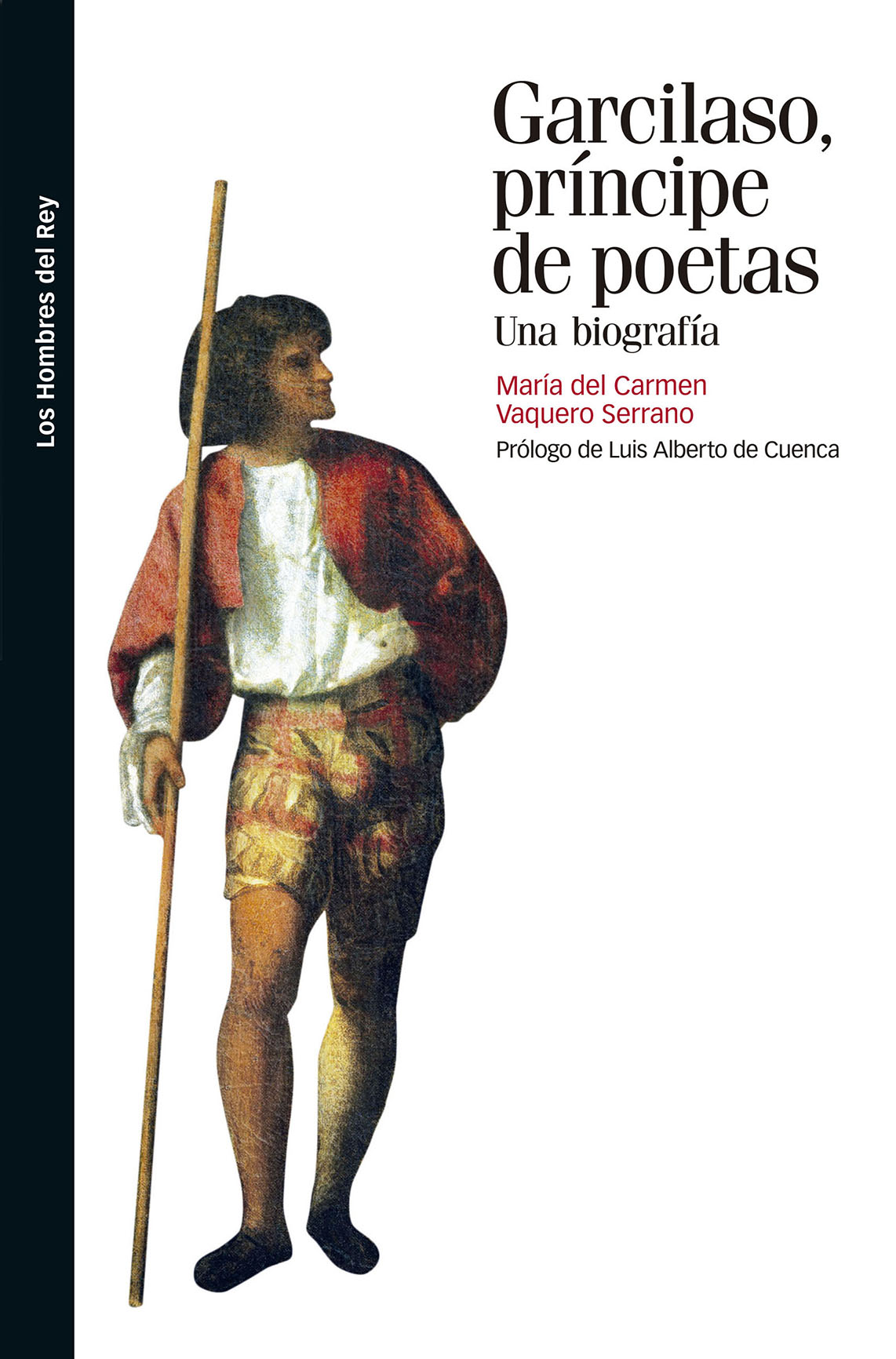Author
María del Carmen Vaquero Serrano
Characteristics
680 pages; 13 black and white illustrations; flapped paperback; 14.5 x 22 cm
Publication
Spanish; preface by L.A. de Cuenca; jointly published with Marcial Pons; 2013
ISBN
978-84-92820-94-8
Price
€26,92
If there is a lyric poet in Spain to whom no one hesitates to give the title of prince of poets it is Garcilaso. He has never ceased to be part of the canon of Spanish poetry from his own day to the present. His mark, his memory and his indelible presence pervade the length and breadth of Spanish literature. As it was short, his life appeared to be only too well known and in general no one was concerned with delving into his worldly experiences again. However, the discovery a few years ago of an important love affair in his youth suggested that in fact very little was known about him. Spain’s vast archives were waiting for someone to open their dusty folders and gradually unravel the fascinating life of the Toledo-born poet.
And the people who filled his life and were the reason for his poetry thus appeared, file after file. After Guiomar, his impossible Portuguese love Beatriz de Sá reappeared, and lengthy research and the gradual piecing together of his biography eventually led to the emergence of his relative the shepherdess Camila, of whom no one was previously aware. Now the puzzle is complete–none of the main pieces is missing and Garcilaso’s life is presented here with all its emotion and immortality.
María del Carmen Vaquero Serrano holds a PhD in Spanish from the Universidad Autónoma in Madrid. A Professor of Spanish Language and Literature Education (middle-school level), she specialised in sixteenth-century Latin humanists of Toledo. Her research and finds on Garcilaso de la Vega have revolutionised studies on this great poet. She has also published books and articles on Toledo University in the Renaissance and on the Lazarillo de Tormes.

